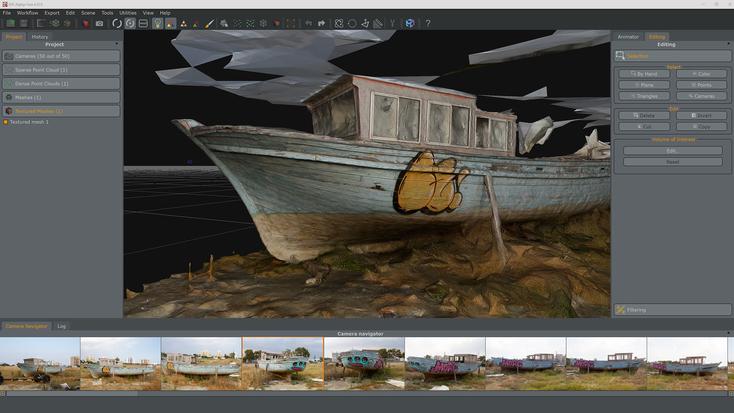While the topic is the global market, a focused examination of a key emerging region like Latin America, as would be covered in a Photogrammetry Software Market Latin America-style report, reveals a market with immense and rapidly accelerating growth potential. The Latin American market for photogrammetry software is being driven by a powerful convergence of factors, including the widespread adoption of commercial drones, a pressing need for better infrastructure management, and the growth of key industries like mining, agriculture, and construction. As businesses and government agencies across major economies like Brazil, Mexico, Chile, and Colombia seek more efficient and cost-effective ways to survey and model their physical assets, photogrammetry is emerging as a critical technology. The global market's impressive growth projections are heavily dependent on the successful adoption and expansion of this technology in such large and dynamic developing regions. The Photogrammetry Software Market size is projected to grow USD 19.54 Billion by 2035, exhibiting a CAGR of 18.2% during the forecast period 2025-2035. Latin America represents a significant, long-term growth frontier for the major global photogrammetry software vendors who can successfully navigate the region's unique opportunities and challenges.
The primary drivers for the adoption of photogrammetry software in Latin America are compelling and deeply tied to the region's core industries. A massive driver is the mining sector, which is a cornerstone of economies like Chile and Peru. Mining companies are increasingly using drone-based photogrammetry for a wide range of applications, including stockpile volume calculations, pit surveys, and monitoring slope stability, all of which improve safety and operational efficiency. The vast agricultural sector in countries like Brazil and Argentina is another key driver. Photogrammetry, often combined with multispectral sensors, is being used for crop monitoring, yield estimation, and precision agriculture applications. In the construction and infrastructure sector, the technology is being used for site surveying, progress monitoring, and creating as-built models of new projects. The region's rich cultural heritage also creates a strong niche market for the use of photogrammetry in the documentation and preservation of archaeological sites and historic buildings. The common thread is a strong demand for a fast, safe, and cost-effective way to generate accurate 3D data of the physical world.
Despite the strong demand drivers, the Latin American market presents a distinct set of challenges that software vendors must address. The first is the need for strong local support and training. While the software is global, the applications are local. Success requires a network of local resellers and partners who can provide training and technical support in Spanish and Brazilian Portuguese, and who have a deep understanding of the specific workflows of the local industries (e.g., the specific needs of a mining surveyor in the Andes). The regulatory environment for drone operations can also be a complex and evolving patchwork, varying from country to country, which can impact the ease of data acquisition. Pricing and software licensing models also need to be adapted to the economic realities of the region, where USD-based pricing can be a challenge due to currency fluctuations. The vendors who are most successful in Latin America are those who have invested in building a strong local channel partner network, who offer flexible pricing, and who provide robust, localized training and support to help build the professional user base in the region.
Top Trending Reports -
US Outsourced Software Testing Market
China Mobile Application Market



